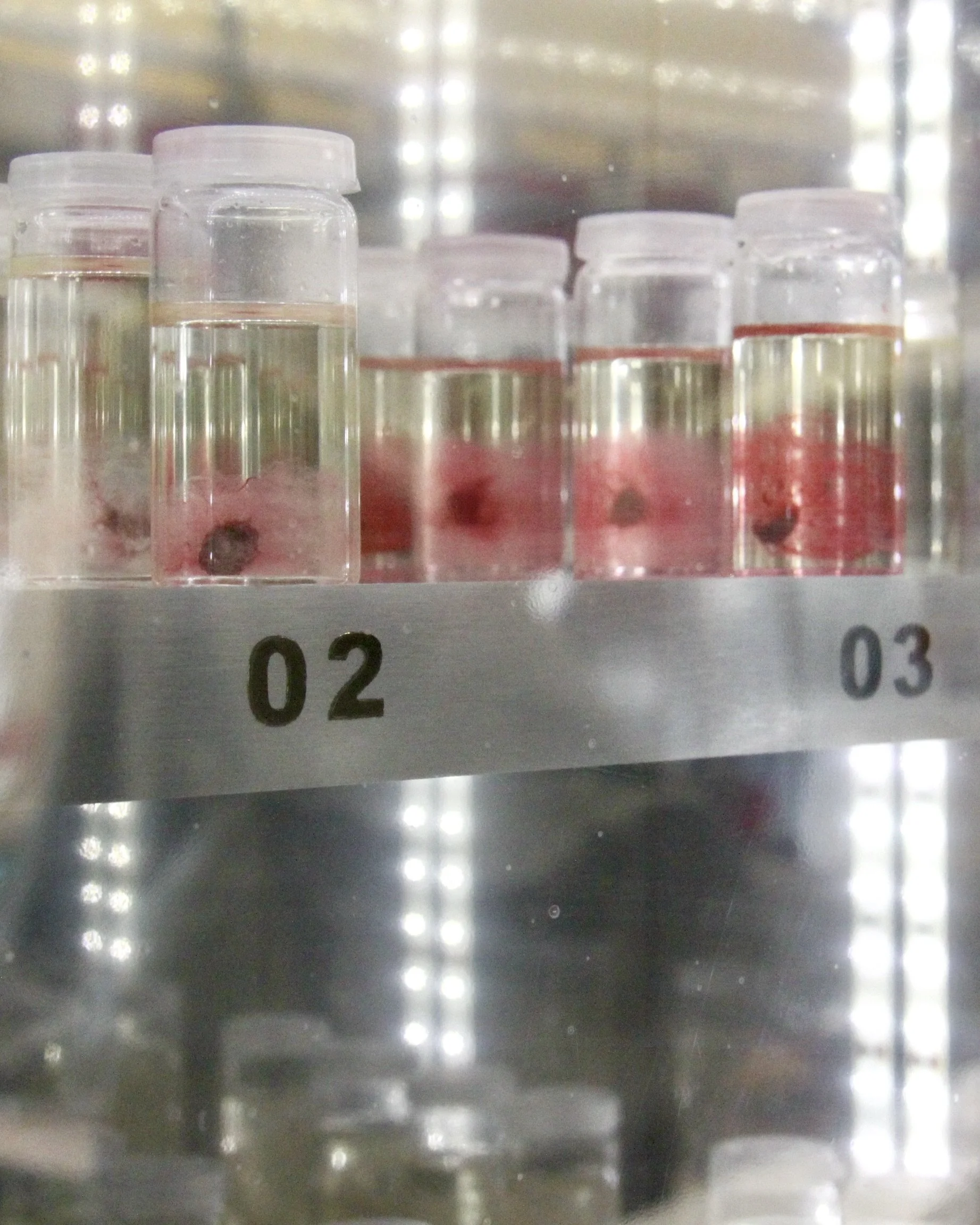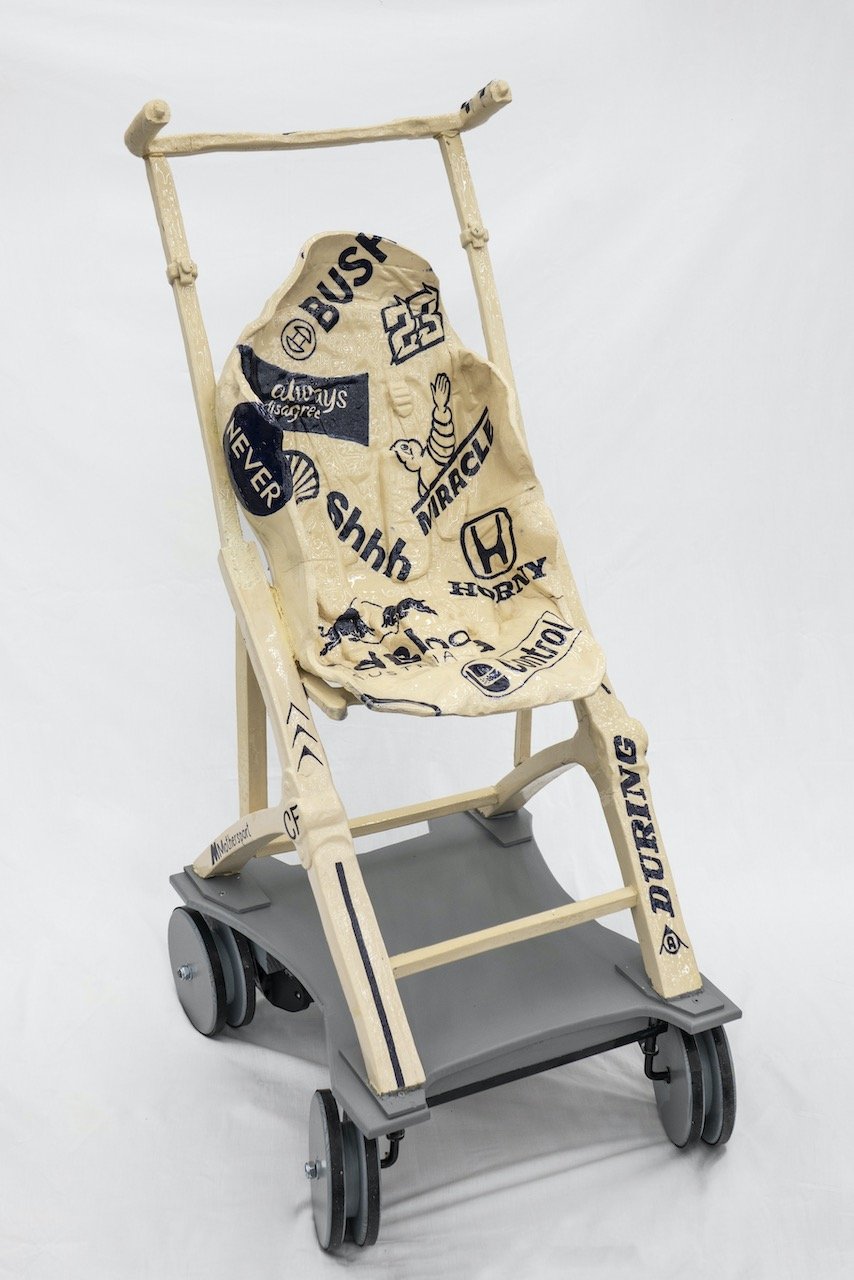










Your Custom Text Here
Future Perfect was specifically developed for the exhibition 'Body and Territory' at the Museum of Contemporary Art Zagreb from December 7, 2022, to March 26, 2023, and at Kunsthaus Graz, Universalmuseum Joanneum from May 26 to August 27, 2023, with the kind support of the the state of Styria and the Federal Ministry of the Republic of Austria.
The exhibition Body and Territory is based on a curatorial exchange programme between Muzej suvremene umjetnosti (MSU) Zagreb and Kunsthaus Graz. Delayed by the pandemic and postponed several times as a result, Body and Territory:Art and Borders in Today’s Austria opened at MSU Zagreb in early December 2022. The exhibition brings together more than 30 positions and around 100 works that demonstrate – according to the theory of curators Jasna Jakšić and Radmila Iva Janković – two prevailing tendencies that continue to shape contemporary art in Austria today: radical performance and feminist legacy giving a voice to those who are silenced: women, queer people, migrants, refugees.
The historical works in the show illustrate how the vulnerability of the body, which emerged as a dominant theme in Austrian art at the beginning of the 20th century, became the main medium of radical forms of political resistance in the late 1960s. The regulation of the body, together with its resistance to classifications and categories, is also the theme of a number of more recent works in the exhibition.
At Kunsthaus Graz, the exhibition is expanded by adding positions from the former area of Yugoslavia and the idea of considering artistic developments in the ‘land in between’ (as the historian and art historian Nena Dimitrijevic described the SFR Yugoslavia) from an outside perspective through the focus of the thematic cornerstones of body and territory.
The art scene in Yugoslavia after the Second World War was shaped by the attempt to develop a distinct language, yet at the same time to correspond with art developments in the West. In the specific territory that we now call the former Yugoslavia, art movements emerged in a different social, political and economic environment from that of the West, a development that was determined, for example, by – at best – toleration on the part of politics, as well as the lack of institutions and the art market. In the late 1960s and 1970s, when a mood of democratic awakening reigned almost all over the world – also inspiring young people in Yugoslavia to fight for liberal values – tendencies towards the politicisation and socialisation of art were emerging that can certainly be compared to those in Austria, even if they were also under different circumstances.
Body and Territory is to be understood as a dialogue between neighbours, in which connecting elements of artistic practices around the themes of body and identity are made visible.
Curated by Katia Huemer (Kunsthaus Graz), Jasna Jakšić & Radmila Iva Janković (MSU Zagreb)
Future Perfect was specifically developed for the exhibition 'Body and Territory' at the Museum of Contemporary Art Zagreb from December 7, 2022, to March 26, 2023, and at Kunsthaus Graz, Universalmuseum Joanneum from May 26 to August 27, 2023, with the kind support of the the state of Styria and the Federal Ministry of the Republic of Austria.
The exhibition Body and Territory is based on a curatorial exchange programme between Muzej suvremene umjetnosti (MSU) Zagreb and Kunsthaus Graz. Delayed by the pandemic and postponed several times as a result, Body and Territory:Art and Borders in Today’s Austria opened at MSU Zagreb in early December 2022. The exhibition brings together more than 30 positions and around 100 works that demonstrate – according to the theory of curators Jasna Jakšić and Radmila Iva Janković – two prevailing tendencies that continue to shape contemporary art in Austria today: radical performance and feminist legacy giving a voice to those who are silenced: women, queer people, migrants, refugees.
The historical works in the show illustrate how the vulnerability of the body, which emerged as a dominant theme in Austrian art at the beginning of the 20th century, became the main medium of radical forms of political resistance in the late 1960s. The regulation of the body, together with its resistance to classifications and categories, is also the theme of a number of more recent works in the exhibition.
At Kunsthaus Graz, the exhibition is expanded by adding positions from the former area of Yugoslavia and the idea of considering artistic developments in the ‘land in between’ (as the historian and art historian Nena Dimitrijevic described the SFR Yugoslavia) from an outside perspective through the focus of the thematic cornerstones of body and territory.
The art scene in Yugoslavia after the Second World War was shaped by the attempt to develop a distinct language, yet at the same time to correspond with art developments in the West. In the specific territory that we now call the former Yugoslavia, art movements emerged in a different social, political and economic environment from that of the West, a development that was determined, for example, by – at best – toleration on the part of politics, as well as the lack of institutions and the art market. In the late 1960s and 1970s, when a mood of democratic awakening reigned almost all over the world – also inspiring young people in Yugoslavia to fight for liberal values – tendencies towards the politicisation and socialisation of art were emerging that can certainly be compared to those in Austria, even if they were also under different circumstances.
Body and Territory is to be understood as a dialogue between neighbours, in which connecting elements of artistic practices around the themes of body and identity are made visible.
Curated by Katia Huemer (Kunsthaus Graz), Jasna Jakšić & Radmila Iva Janković (MSU Zagreb)